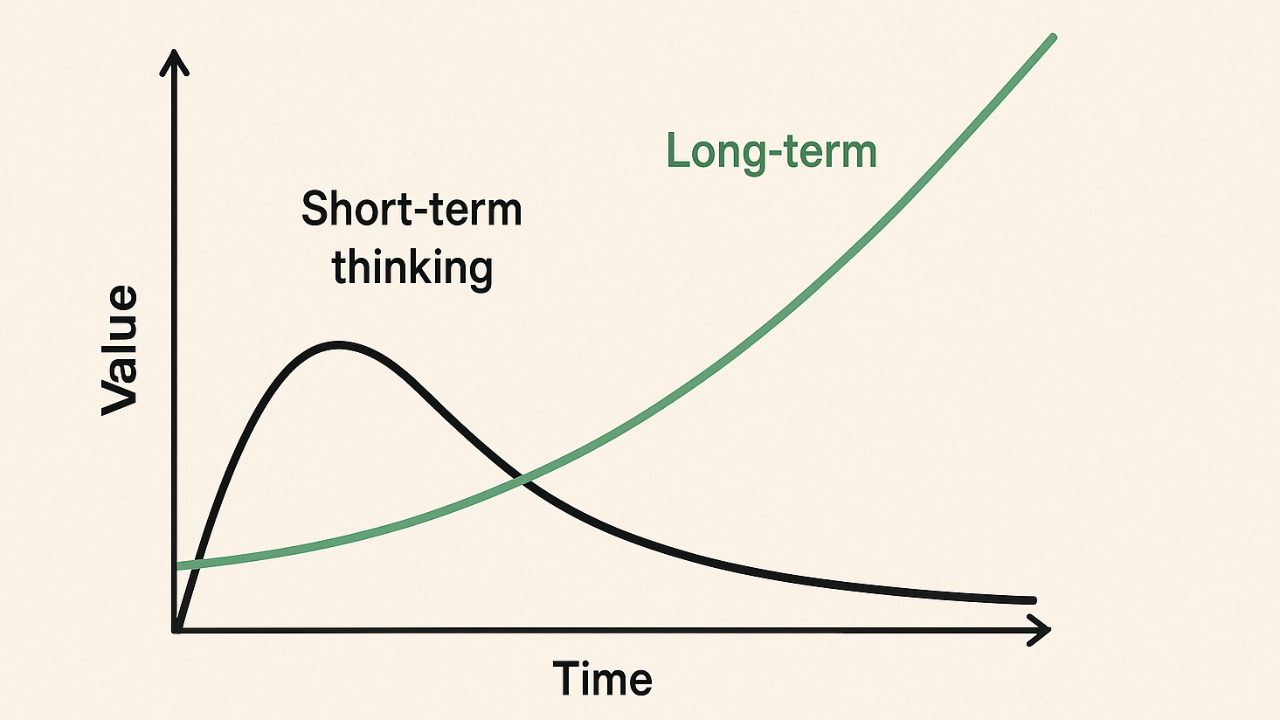
Moxie: The Four-Minute Myth
Mar 31, 2025Limits feel real—right up until someone proves they aren’t.
Take the four-minute mile.
For decades, it was considered impossible.
Physiologically unsafe.
A boundary too bold for the human body.
Experts said the human heart and lungs couldn’t sustain the effort needed for that speed.
They said the strain on muscles and joints could lead to breakdown or injury.
That it was at the very edge of human capability—if not beyond it.
But Roger Bannister didn’t buy it.
Bannister wasn’t paid.
He trained during lunch breaks between medical exams.
No sponsorships. No entourage. Just belief—and two friends to pace him.
Before 1954, Bannister had flirted with times of 4:03… 4:02… 4:01.
But the mark still loomed like a brick wall with no door.
Then, on May 6th, 1954, in Oxford, England—
3:59.4
He did the impossible.
And that’s when something even more powerful happened:
The Bannister Effect.
Because just 46 days later, John Landy broke it too.
Then others.
Then many.
Today, high schoolers do it.
College runners do it every weekend.
Thousands have crossed that line.
It turns out the wall wasn’t real.
It was made of belief.
And that’s the Bannister Effect...
When one person defies the limit, it redraws the map for everyone else.
TWO QUOTES
“The man who can drive himself further once the effort gets painful is the man who will win.” —Roger Bannister
“Start by doing what’s necessary; then do what’s possible; and suddenly you are doing the impossible.” —Francis of Assisi
THREE TAKEAWAYS
1. Impossibility is usually just consensus.
Most limits aren't laws of physics—they're groupthink. The four-minute mile wasn’t impossible because of science. It was impossible because everyone agreed it was. Bannister didn’t just train his body—he broke free from collective doubt. That’s where real breakthroughs begin.
2. You don’t need ideal conditions.
Bannister had no corporate sponsorship, no sports science lab, no team of experts. He trained during lunch breaks while studying to become a doctor. He ran on cinder tracks, not spring-loaded surfaces. It's a myth that we need perfect circumstances to do something extraordinary. The truth is: you just need the courage to start.
3. Once the first person does it, everything changes.
The day before it happens, it’s impossible. The day after, it’s a benchmark. Once Bannister broke through, the belief virus spread. John Landy followed 46 days later. In the next few years, dozens more joined them.
Possibility is contagious—who knows, maybe you're someone else's proof.
ONE MORE THING
There’s always a ceiling.
A line in the sand.
A “that’s just not possible.”
Until it is.
Even when it comes to physiology—bones, lungs, hearts—the greatest obstacle isn’t our body.
It’s our imagination.
The moment someone proves it can be done,
the realm of possibility stretches.
The ceiling lifts.
And the floodgates open.
Belief changes biology.
Imagination rewrites what effort dares to attempt.
Bannister didn’t just run a fast mile.
He redefined what a mile could be.
That’s the job of leaders, athletes, creators, and humans:
Break what others believe can’t be broken.
MOXIE REFLECTIONS
-
What “four-minute mile” have you accepted as truth?
-
Who told you it was impossible—and why did you believe them?
-
What if the boundary you face is just waiting for you to test it?



